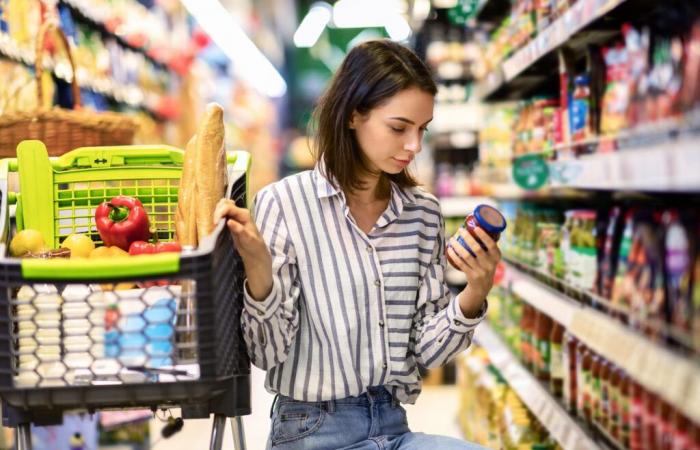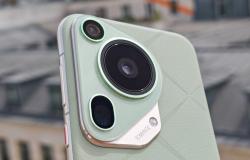What is the E150d?
The E150d, also called caramel au sulfite d’ammonium or class IV coloring candyis a very common food additive. It is used to give a brown color to many products, such as soft drinks (like cola), certain sauces and vinegars, and prepared meals.
Its production involves the use of sugars treated with ammonium and sulfite compounds, generating a final product that, while it meets food safety standards, is no less controversial.
Why is the UFC-Que Choisir pointing out the E150d with your finger?
The association UFC-Que Choisir alerted to the presence of E150d in certain food products, in particular due to the 4-MEI (4-methylimidazole)a potential by-product of its manufacture. 4-MEI has been associated with carcinogenic risks in animal studies, raising questions about its long-term consumption in humans.
While California has imposed strict thresholds for 4-MEI and requires warnings on the labels of products containing it, the European Food Safety Authority (EFSA) considers the risks to be minimal.
What are the risks linked to the E150d?
Although the scientific community is still debating the extent of the harmful effects of E150d, some potential risks have been identified:
- Cancer risk : Studies on 4-MEI have shown that prolonged and high-dose exposure may be linked to the development of tumors in animal models.
- Allergic reactions and asthma : The use of sulfites in the production of E150d may cause reactions in sensitive individuals, including asthma attacks.
- Effects on the immune system : Research has suggested that exposure to certain Class IV dyes may affect the immune response.
Risk comparison potentials of the E150d
| Aspect | Description | Potential risk |
|---|---|---|
| Coloration | Used to give a dark brown color to foods | Without direct danger |
| 4-MEI | By-product of manufacturing | Potential carcinogen at high doses |
| Presence of sulphites | May trigger reactions in sensitive people | Risk of allergies and asthma |
What to do to limit exposure to E150d?
To reduce exposure to this potentially harmful dye, a few simple precautions can be taken:
- Read the labels : Before purchasing a product, check the list of ingredients. Look for the terms “E150d coloring” or “caramel coloring” and prefer products without this type of additive.
- Opt for natural alternatives : Artisanal sauces, uncolored vinegars and drinks without added colors are often safer choices.
- Prepare your own recipes : In cooking, it is possible to recreate flavors and colors without using industrial additives. For example, a homemade balsamic cream made with pure balsamic vinegar and sugar (or honey) can be a healthy alternative.
An informed choice, knowingly
Although E150d is authorized in most countries and the risks have been deemed low by some agencies, caution is still required, especially for those who regularly consume products that contain it.
Adopt a proactive approach by prioritizing less processed foods and limiting the consumption of industrial products containing potentially controversial additives is a good strategy for preserving your health in the long term.






